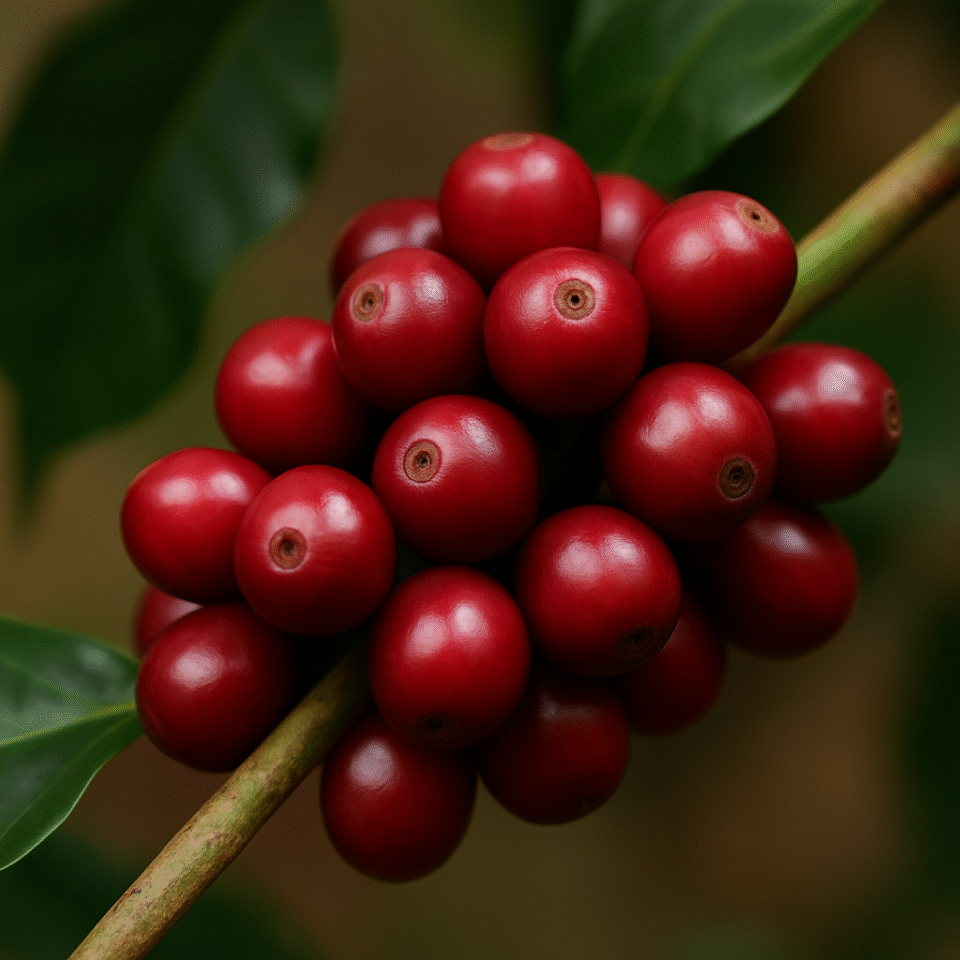Global coffee markets closed the week with modest gains, supported by ongoing supply concerns in Brazil and Vietnam, although prices remained below the highs recorded earlier in the week.
On Friday, July arabica futures (KCN25) rose by 0.75 cents (+0.19%) while July ICE robusta futures (RMN25) jumped by $165 (+3.22%). The earlier surge in the week was fueled by Rabobank’s forecast of a sharp decline in Brazil’s 2025/26 arabica crop, down 13.6% year-on-year to 38.1 million bags due to prolonged drought in key growing regions.
Robusta prices continued to receive upward support from shrinking supplies in Vietnam, the world’s leading robusta producer. Data from the Vietnam Customs Department revealed a 15.3% year-on-year drop in coffee exports for the first quarter of 2025, totaling 495,780 metric tons.
Similarly, Brazil’s export data from Cecafe showed a 26% year-on-year fall in green coffee shipments for March, totaling 2.95 million bags. Brazil’s national crop agency, Conab, expects the country’s 2025/26 total coffee crop to decline by 4.4% to a three-year low of 51.81 million bags. This follows a downward revision of its 2024 crop forecast to 54.2 million bags.
While drought has constrained output, recent rains have improved soil moisture and could help the next harvest. Somar Meteorologia reported that Minas Gerais—Brazil’s largest arabica-producing region—received 38.7 mm of rain in the week ending April 19, almost five times the historical average.
Vietnam’s 2023/24 robusta crop shrank by 20% to 1.472 million metric tons, the lowest in four years. Its coffee exports in 2024 fell 17.1% to 1.35 million metric tons. The Vietnam Coffee and Cocoa Association also cut its 2024/25 production forecast to 26.5 million bags from an earlier estimate of 28 million.
Conversely, Rabobank expects Brazil’s 2025/26 robusta crop to increase by 7.3% to a record 24.7 million bags, slightly easing global supply tensions.
Despite tight supply, demand-side pressures are weighing on the market. Large importers including Starbucks, Hershey, and Mondelez International have warned that the new 10% U.S. import tariff will increase costs and hurt sales volumes.
Inventory data showed mixed trends. ICE-monitored robusta stocks dropped to a four-month low of 4,225 lots midweek, while arabica stocks climbed to a 2.5-month high of 828,119 bags by Friday.
The USDA’s December 2024 report painted a complex picture. While world coffee production in 2024/25 is expected to rise by 4% to 174.855 million bags, global ending stocks are forecasted to drop by 6.6% to a 25-year low of 20.867 million bags. Arabica output is expected to grow modestly by 1.5% while robusta production could rise by 7.5%.
For Brazil, the USDA revised down its 2024/25 forecast to 66.4 million metric tons, with ending stocks falling by 26% year-on-year to 1.2 million bags.
Looking ahead, Volcafe has downgraded its estimate for Brazil’s 2025/26 arabica crop to 34.4 million bags—down 11 million from earlier projections—after a crop tour confirmed significant drought damage. The firm now expects a global arabica deficit of 8.5 million bags for 2025/26, marking the fifth consecutive year of shortages.
Coffee markets remain on edge, caught between tightening global supplies and looming economic challenges. Weather volatility, production declines, trade dynamics, and tariff impacts are all factors that will continue shaping price trends in the months ahead.
